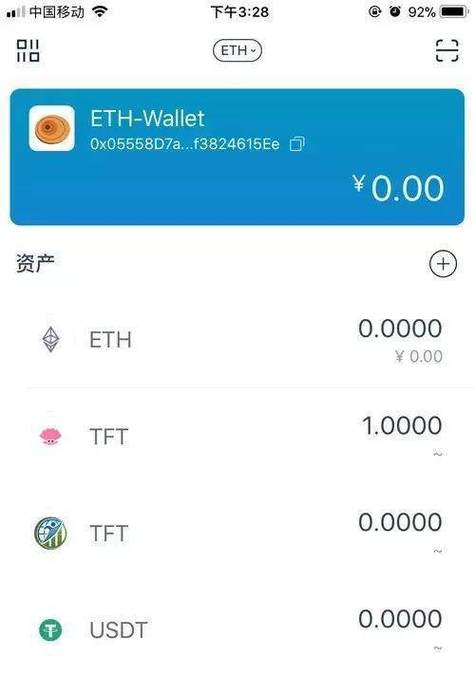比特币钱包官网下载
Developing a Bitcoin Wallet Mobile App: Exploring Source Code Components
Creating a Bitcoin wallet mobile app involves several key components, from user interface design to backend functionality. Let's break down the essential aspects of developing a Bitcoin wallet app and discuss the source code components for each:
1. User Interface (UI) Design:
Wallet Dashboard
: Display user's balance, transaction history, and other essential information.
Send/Receive Interface
: Allow users to send and receive Bitcoins using QR codes or wallet addresses.
Transaction History
: Show a detailed list of past transactions with timestamps and confirmations.
Settings
: Enable users to customize preferences, security settings, and manage contacts.2. Backend Functionality:
Blockchain Interaction
: Implement APIs to interact with the Bitcoin blockchain for transactions, address generation, and balance inquiries.
Private Key Management
: Ensure secure storage and management of private keys using encryption techniques.
Transaction Broadcasting
: Develop functionality to broadcast signed transactions to the Bitcoin network.
Address Generation
: Generate new Bitcoin addresses for receiving funds and manage address book entries.3. Security Measures:
Encryption
: Encrypt sensitive data such as private keys and user passwords to prevent unauthorized access.
TwoFactor Authentication (2FA)
: Implement 2FA to add an extra layer of security during login or transactions.
Secure Connections
: Use HTTPS and SSL/TLS protocols to secure communication between the app and server.
Biometric Authentication
: Integrate fingerprint or facial recognition for secure and convenient authentication.4. Integration with Exchanges:
Exchange Rate Display
: Fetch realtime exchange rates from reputable exchanges to display fiat currency equivalents.
Buy/Sell Integration
: Integrate APIs of cryptocurrency exchanges to allow users to buy or sell Bitcoins directly from the app.
KYC/AML Compliance
: Implement Know Your Customer (KYC) and AntiMoney Laundering (AML) checks for compliant transactions.5. Testing and Debugging:
Unit Testing
: Write unit tests to ensure each component functions correctly in isolation.
Integration Testing
: Test the interaction between different modules to ensure seamless operation.
Security Audits
: Conduct security audits to identify and fix vulnerabilities in the app's codebase.6. Compliance and Regulations:
Legal Compliance
: Ensure compliance with relevant financial regulations and data protection laws.
GDPR Compliance
: Implement measures to protect user data and ensure compliance with the General Data Protection Regulation (GDPR).
Regulatory Updates
: Stay informed about regulatory changes in the cryptocurrency space and adapt the app accordingly.Sample Source Code Components:
```java
// Sample code for generating a new Bitcoin address
public String generateBitcoinAddress() {
// Use BitcoinJ library for address generation
NetworkParameters params = MainNetParams.get();
ECKey key = new ECKey();
return key.toAddress(params).toString();
}
// Sample code for sending Bitcoins
public void sendBitcoins(String recipientAddress, BigDecimal amount) {
// Implement transaction broadcasting logic here
}

// Sample code for encrypting private keys
public String encryptPrivateKey(String privateKey, String password) {
// Implement encryption algorithm (e.g., AES) using the provided password
}
// Sample code for fetching exchange rates
public BigDecimal getExchangeRate(String currency) {
// Use exchange API (e.g., CoinGecko) to fetch realtime exchange rates
}
// Sample code for 2FA implementation
public boolean verifyTwoFactorAuth(String otp) {
// Implement logic to verify the OTP entered by the user
}
// Sample code for conducting security audits
public void conductSecurityAudit() {
// Perform code review and vulnerability assessment
}
// Sample code for KYC/AML checks
public boolean performKYCAMLCheck(User user) {
// Implement KYC/AML checks using external services or databases
}
```
Conclusion:
Developing a Bitcoin wallet mobile app requires a comprehensive understanding of blockchain technology, security best practices, and regulatory compliance. By following industry standards and leveraging reputable libraries and APIs, you can create a secure and userfriendly app for managing Bitcoin transactions on mobile devices.
This breakdown covers essential aspects of developing a Bitcoin wallet mobile app, including UI design, backend functionality, security measures, exchange integrations, testing, and compliance. Sample source code components demonstrate key functionalities such as address generation, transaction handling, encryption, and integration with external services.
版权声明
本文仅代表作者观点,不代表百度立场。
本文系作者授权百度百家发表,未经许可,不得转载。














评论